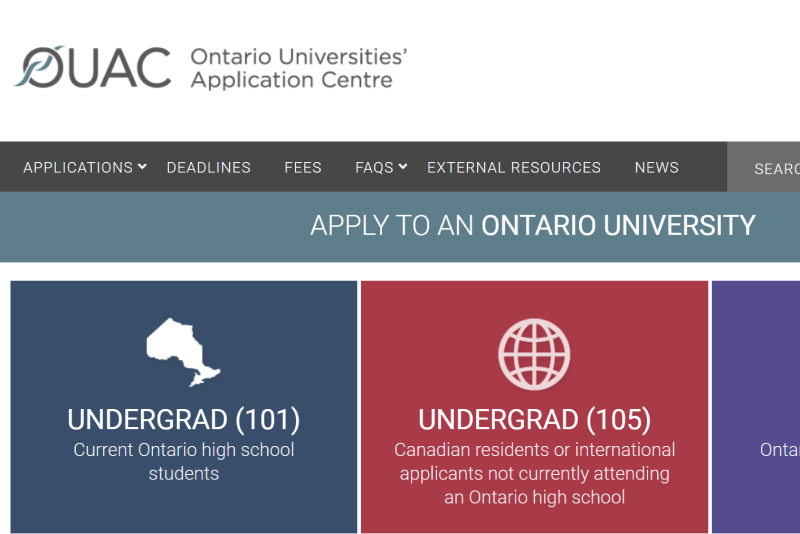Canada, with its stunning landscapes, diverse culture, and world-renowned education system, has become an increasingly attractive destination for international students. Even during the Covid-19 pandemic, Canada has continued to welcome students with open borders, welcoming policies, and a vibrant international recruitment network. With over 600,000 international students arriving each year, it’s clear that Canada is a top choice for global education. In this guide, we’ll explore essential tips for applying to Canadian universities and colleges, highlighting the unique advantages of studying in the Great White North.
- Research Extensively: Choose Your Program and Institution Wisely. The first step in your Canadian education journey is thorough research. Explore the diverse range of programs offered by Canadian institutions and choose the ones that align with your academic and career goals. Take into account factors like location, campus culture, available resources, and tuition fees. Additionally, be mindful of each program’s application deadlines because the application system in Canada is quite decentralized and requirements can greatly differ based on programs, provinces, and majors.
- Plan Your Finances: Budget Carefully Canada offers a distinct advantage for international students – affordability. On average, Canada is 13% cheaper than the neighboring United States. When planning your finances, consider tuition fees, accommodation costs, living expenses, and potential unforeseen expenditures. Explore scholarships, grants, and part-time work opportunities to ensure your financial stability throughout your studies.
- Meet Admission Requirements: Ensure You Qualify Canadian universities have specific admission requirements that vary between institutions and programs. Common prerequisites include maintaining a minimum GPA, submitting standardized test scores (like TOEFL, IELTS, or GRE), securing strong letters of recommendation, and crafting a compelling statement of purpose. Some creative programs may also require portfolios.
- English or French Language Proficiency: Proof of Language Skills Proficiency in English or French is crucial for most Canadian universities. Ensure you meet the language requirements by taking the required language tests. Canadian institutions typically have minimum score requirements for admission, so diligent preparation is essential.
- Transcripts and Certificates: Submit Academic Records Prepare and submit official transcripts from your previous educational institutions. Ensure that these documents provide a clear overview of your academic history and achievements. If your transcripts are not in English or French, consider providing certified translations.
- Letters of Recommendation: Secure Strong References Letters of recommendation are essential components of your application. Choose recommenders who know you well and can provide detailed insights into your character and abilities. Strong recommendations can significantly impact your admission prospects.
- Statement of Purpose or Personal Statement: Showcase Your Goals. Craft a compelling statement of purpose or personal statement that highlights your academic and career objectives. Use this opportunity to explain why you’re interested in the program and how it aligns with your aspirations.
- Portfolio (if applicable): Showcase Your Work Creative disciplines often require applicants to submit portfolios showcasing their work. Ensure your portfolio effectively demonstrates your skills, creativity, and potential contributions to the program.
- Online Application: Complete the Application Form Most Canadian universities offer online application portals such as OUAC. Complete the application form diligently, providing all requested information and documents. Pay close attention to any application fees.
- Follow Up: Track Your Application Status After submitting your application, regularly check the status through the university’s application portal. Promptly respond to any requests for additional documents or information from the admissions office.
Conclusion: Canada’s commitment to welcoming international students, even during the pandemic, makes it an ideal destination for those seeking a world-class education and cultural experience. By following these tips and paying attention to specific application requirements, you can navigate the application process seamlessly and make the most of your time in this diverse and inclusive country. Canada awaits with open arms, ready to offer you an enriching and unforgettable educational journey.





